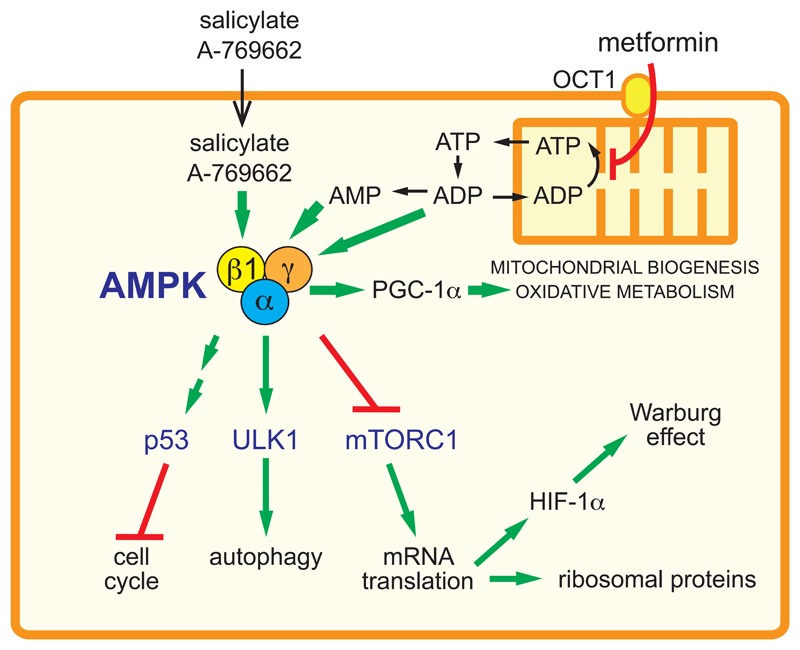Figure 3. Proposed mechanisms by which AMPK activators exert a cytostatic effect and oppose the metabolic changes occurring in proliferating cells.
Salicylate or A-769662 enter the cell and activate AMPK complexes containing the β1 subunit. Metformin, a cation, enters by transport catalyzed by the organic cation transporter 1 (OCT1), and accumulates in mitochondria due to the electrical gradient across the inner membrane. Here metformin inhibits Complex I and hence ATP synthesis, causing a build-up of ADP and AMP in the cytoplasm. This is detected by the AMPK-γ subunit, leading to increased Thr172 phosphorylation and allosteric activation. The activated AMPK then triggers cell cycle checkpoints through increased p53 activity, activates autophagy via ULK1 phosphorylation, and inhibits the mechanistic target-of-rapamycin complex-1 (mTORC1). The latter effect inhibits translation of proteins required for rapid cell growth, including ribosomal proteins and hypoxia-inducible factor-1α (HIF-1α), with the latter being required for rapid glucose uptake and glycolysis (the Warburg effect). At the same time, AMPK activates peroxisomal proliferator-activated receptor-γ co-activator-1α (PGC-1α), increasing mitochondrial biogenesis and expression of mitochondrial oxidative enzymes. Thus, the cell switches from the glycolytic metabolism typical of a proliferating cell to the oxidative metabolism more typical of a quiescent cell.

